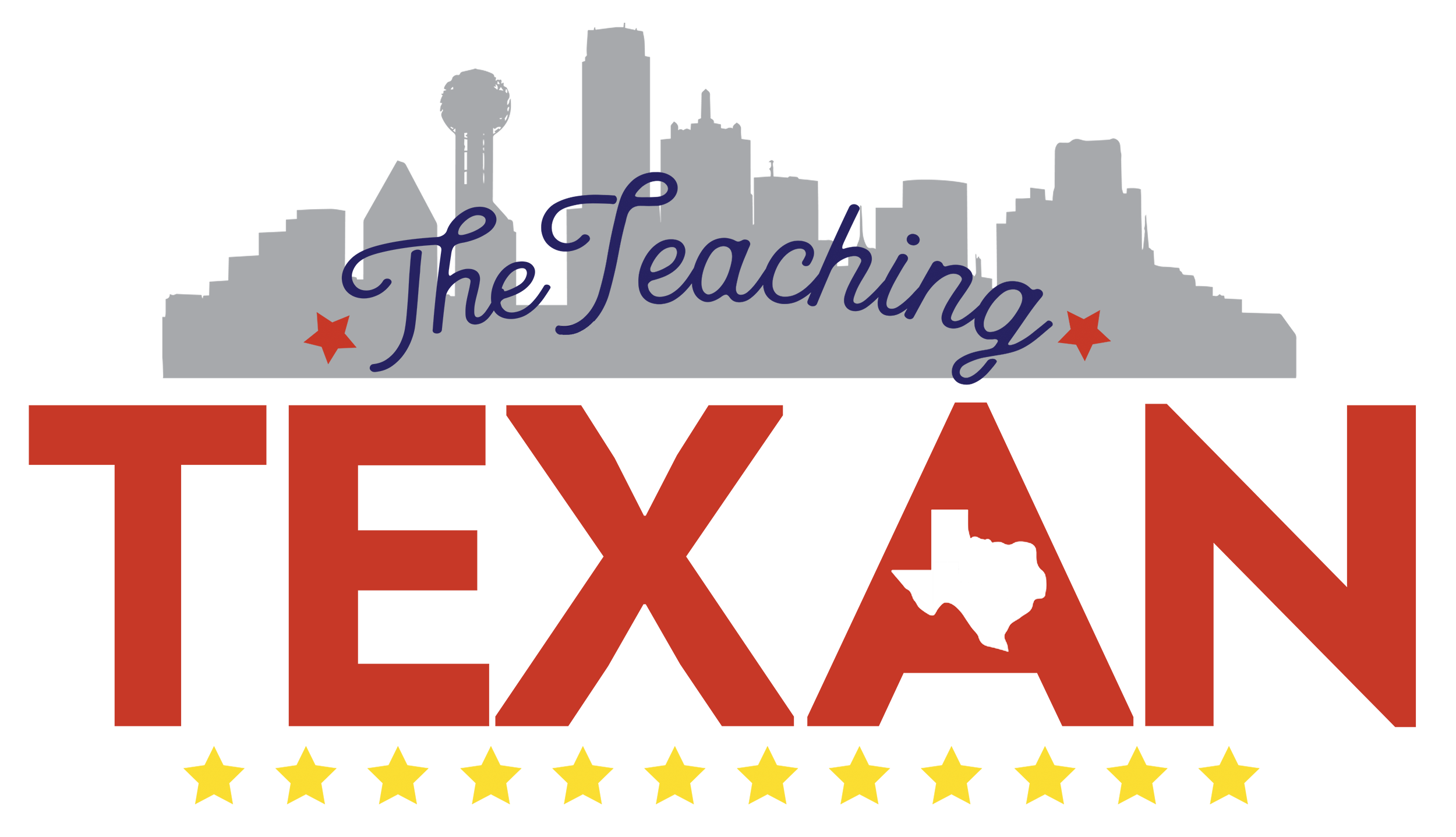How to: Math Centers Planning & Organization
So, once your students are all warmed up and pumped for math…what happens next? Of course you’ll often have a quick group lesson, learning new skills or reviewing old ones. But, as with literacy, new math skills should be taught and practiced many times in many different contexts before students become fluent. And math fluency, as we’ve said before, is just as important as language fluency.

Why Math Centers?
Math centers give you and students an opportunity to differentiate skills and challenge themselves when appropriate. They allow students time to explore and build schema for important foundational math concepts they’ll carry into real life and higher level math learning in middle school, high school and college. You can easily pack a TON of practice into a short amount of time. I don’t know about y’all, but I’m usually working with about half an hour to 45-minutes of math each day, which isn’t long at all! Plus, it’s another early elementary opportunity to promote independence, working with others and problem solving (without running to you every five minutes). Finally, a huge reason why I love math centers is that they allow you time to have guided math lessons with individual students or small groups. We’ll cover this in a future post, because I’m a firm believer in guided math (right up there with guided literacy).
Where to Start
A common frustration and question I’ve gotten from you guys via social media and email, is not knowing where to start with planning. One of the great things about math centers is that they’re flexible, no matter what your schedule you can make them work in your classroom.
I prepare four or five centers (one of which is often guided math) for students to complete over two class periods. In these centers I always want to include something new we’re working on in addition to practicing and spiraling skills we’ve already learned.
- New Skills — generally you want to introduce a new skill to the whole group, then allow students independent time to practice the skill in their centers. I’m an advocate for having at least two of your centers working on this new skill in different ways. This gives students of different learning types the chance to approach and master new skills in a variety of ways.
- Review — Using information you’ve informally gathered from your math warm-ups, you may notice a skill or two your class needs to dust off. Include a review center for students to dust off old skills for use in the future.
- Spiral Pre-Taught Skills — I really dislike the idea of learning something then leaving it behind forever. I see this a lot with students and the concept of money — we teach it once then don’t use it again for the rest of the school year. Use your math centers as a way to build old skills on top of new ones, spiralling them into more and more challenging activities for students. There’s an opportunity here for different students to complete the same activity at varying levels of difficulty so everyone is challenged in their own unique way.
- Use Assessment Data — Always be assessing y’all. The more data you have on each student and use that data to inform how you teach, the fewer students fall through the cracks each year. Use that data to inform how you teach! I promise you, these early on assessments correlate directly with higher graduation rates later on! Use formal assessments from your school’s curriculum, informal observations you gather during calendar math and warm-ups, or data from any online programs you love.
Plus, you can use data from your beginning of the year inventory using this free resource I’ve created.
What’s that you say, FREE?
Yeah, you heard me right. What better way to start your school year than with an amazing free resource for your planning binder? I do go on about assessments, but seriously y’all it’s SO SO, let me say it again, SO important for student development. So important in fact, I’m offering a free “Beginning of the Year Math Assessment Inventory” for kindergarten, first grade and second grade. It includes shapes, number recognition, addition/subtraction fluency and SO MUCH MORE. Get yours today by signing up for The Teaching Texan newsletter, which sends helpful tips and tricks straight to your inbox a few times a month. You’re welcome in advance 😉

After you join our email newsletter below, you’ll receive a welcome email with the password to our free resource section of the blog.
Grouping Students
Depending on your classroom, this can be a challenge. But it’s a great opportunity to group students differently from their literacy centers so they have the chance to interact and build relationships with more of their classmates.
The main things to consider are student behavior and skill level. And remember, you can (and SHOULD) change these groups throughout the year. If a grouping isn’t working, it’s not set in stone! You should entertain the idea of grouping students of the same skill level (homogenous groupings) and varying skill levels (heterogeneous groupings) at different times throughout the year. This will help students develop both their math and social skills when working alongside different people each month or quarter.
If you’re like me and LOVE an organizational tool to help keep all this straight, don’t worry y’all of COURSE I’ve got you covered. Planning and organizing for math centers is not so different than planning and organizing for literacy centers, and y’all know I love a color-coded binder print out to help me stay on track. In my next post I’ll share a link to grab a resource that is sure to get your organized and on track for math centers and guided math!
